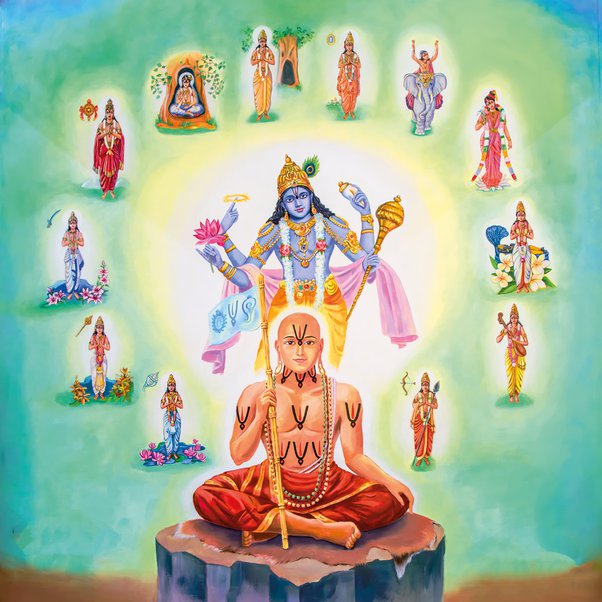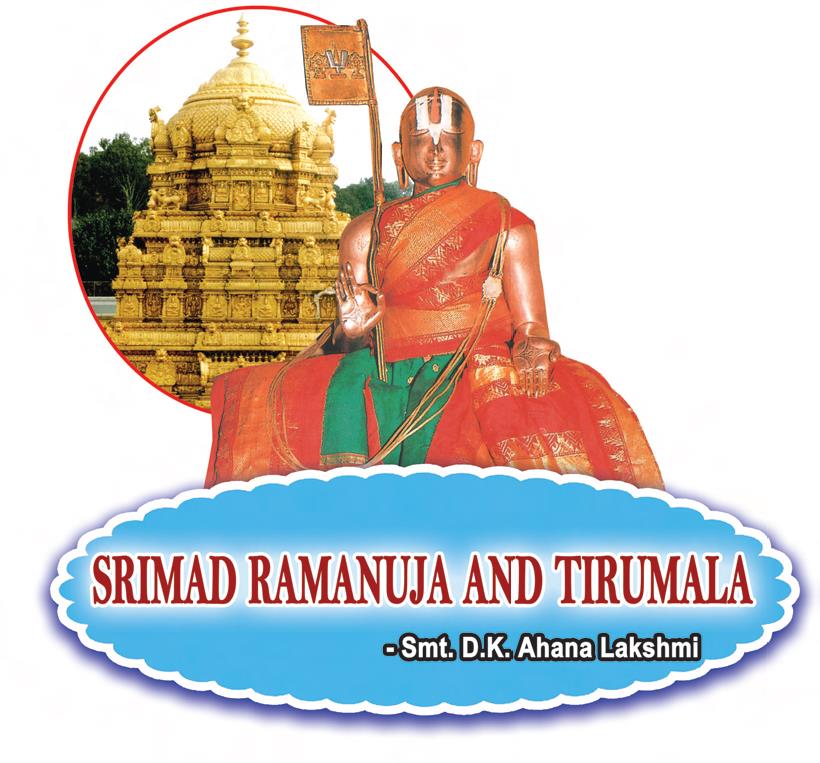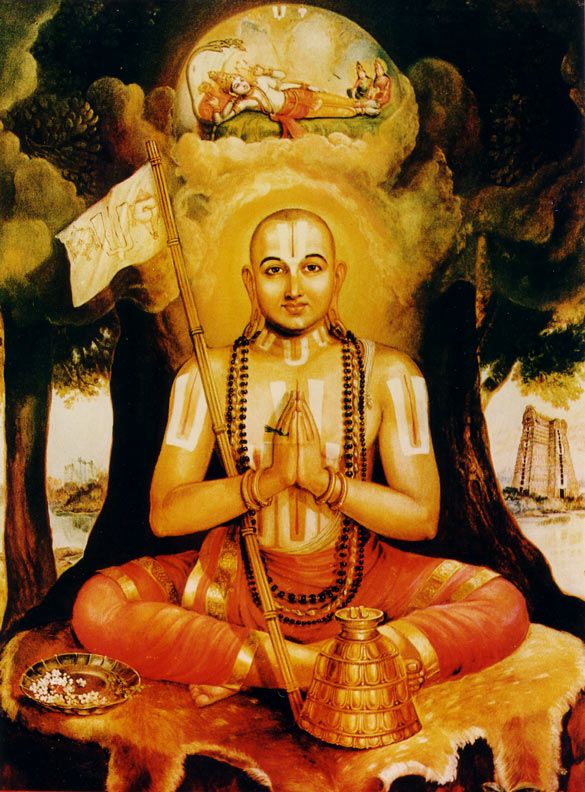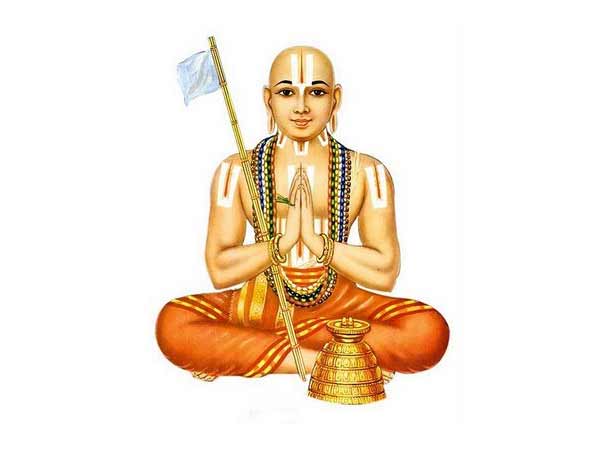Ananthacharyulu / Ananthalwar – Gardener of Tirumala Bhagawad Ramanuja (1017-1137A.D) the founder of Vishista Advaitha was once giving a discourse on Saranagathi, Prapathi (seeking refuge) to his disciples. He was explaining different ways of worshipping the God. During his discourse, he mentioned the significance of three holy places namely Sri Rangam, Kanchi and Venkatachalam. These Read More
Category: Ramanuja
Ramanuja, also known as Ramanujacharya, was an Indian Hindu philosopher, guru and a social reformer. He is noted to be one of the most important exponents of the Sri Vaishnavism tradition within Hinduism. His philosophical foundations for devotionalism were influential to the Bhakti movement.
Exemplary Disciples of Sri Ramanuja
Disciples of Sri Ramanuja Sri Ramanuja had a glorious convention of highly celebrated ‘gurus’ (Teachers) and deeply devoted ‘sishyas’. Ananthazhwar / Ananthalwar / Ananthalwan Ananthalwan, a native of Kirangur, near Panavapura in Karnataka, an ardent disciple of Sri Ramanuja, at the benign order of Sri Ramanuja, settled in Tirumala in the service of Lord Srinivasa. Read More
Sri Ramanuja Jayanti 2024
Sri Ramanuja Jayanti Sri Ramanuja, the Vaishnavaite philosopher, was born in Sriperumbudur near Chennai. He spent his life between Kanchipuram, Srirangam and Melkote. A significant portion of his time was spent travelling around India. Amongst the many places where his influence has been felt is Tirumala, the abode of Lord Venkateswara. He was not just Read More
Sri Ramanuja – Best Teacher & Student
Ramanuja – Best Student The best student will withstand any difficult tests put forth by the teacher. Sri Ramanuja heard from Mahapurna (Peria Nambi) that Goshti Purna (Thirukoshtiyur Nambi) of Goshtipuram (Thirukoshtiyur) has the valuable meanings of the last sloka of Lord Krishna (“sarva-dharmân parityajya”). Sri Ramanuja went to Thirukoshtiyur to hear the inner meaning of Read More
Sri Ramanuja
Sri Ramanuja – Great Personality Sri Ramanuja was born to Kesava Somayaji – Kanthimathi couple in the year 1017 A..D in Pingala Year, Chitra Month, Mesha Raasi, Thiruvadhira Nakshatra at Sriperumbudur near Kanchipuram. Glow and Appearance His maternal uncle Tirumala Nambi (Sri Saila Purna) came from Tirumala to Sri Perumbudur, looked at the child, and Read More
Ramanuja’s Service
Ramanuja’s Idol Inside Temple After completion of all the reforms of puja and other services at Tirumala and ensuring sustained practice, Ramanuja wished to return to Srirangam. But Anantalvan was sad and urged him to bless his continued presence in Tirumala. Ramanuja got his idol made and presented to him. We can see it even today placed near Read More




